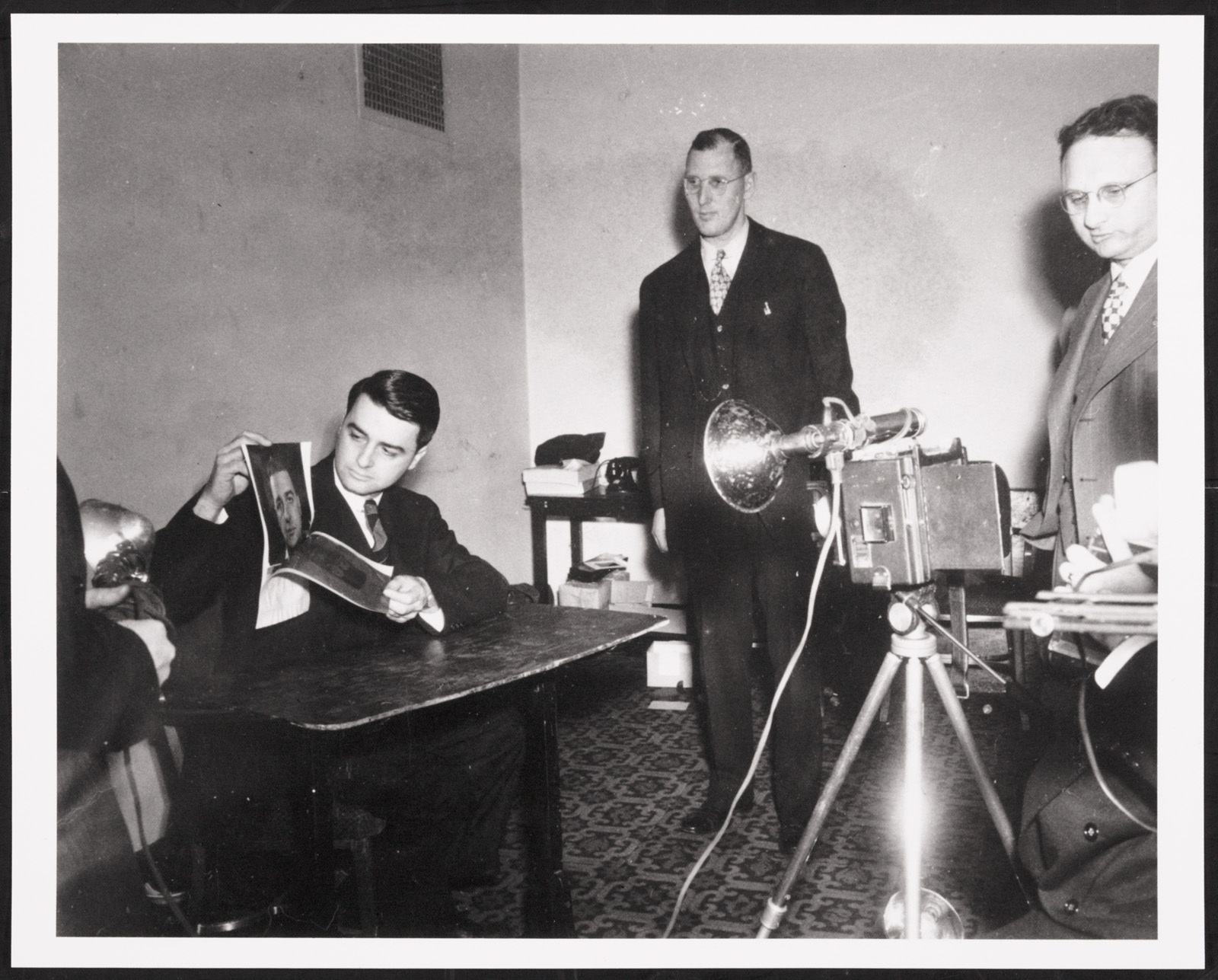
In fact, the crew of the Enola Gay wore “special Polaroid adjustable glasses” when they dropped the first atomic bomb on Hiroshima (p. World War II generated a steady stream of government orders for polarized instruments and tools, which bolstered the company financially through its early years. When automobile companies proved slow to adopt his product, Land developed a variety of other uses for polarized plastics, including the now familiar use of polarized lens for sunglasses and in “3D glasses” for comics and films. Land hoped that his sheet polarizer would be adopted by automobile companies and used to prevent the blinding glare of oncoming headlights at night, which at that time was a significant cause of traffic fatalities. Once settled in his own laboratory, Land developed an efficient technique to produce polarized sheet plastic. The first chapters of Fierstein’s book describe Land’s relentless pursuit of a commercially viable sheet polarizer, a quest that led him to quit his PhD program at Harvard University and open a business with a fellow graduate student.

By the time of his death in 1991, he claimed a total of 535 patents, making him “third on the list of America’s most prolific inventors” as defined by number of patents, behind only Thomas Edison and Elihu Thompson (pp. His first patent application, filed a few weeks before his twentieth birthday, described a plastic “sheet polarizer” to eliminate glare. Land’s life was consumed by his obsession with vision and light, measured out in patents. Land, the imminently talented scientist and founder of the Polaroid Corporation. Narratives of these contests can do more than just chronicle the strategic choices of the lawyers on each side rather, they can offer revealing snapshots of the constantly negotiated tension between the facilitation of invention and the value of competition in American intellectual property law.įierstein positions his work as a biography of Edwin H. As recounted in intricate detail in Ronald Fierstein’s A Triumph of Genius, patent infringement suits often become long, grueling, and astronomically expensive ordeals, with high stakes for inventors, businesses, and the public at large. But patents are also extremely vulnerable to attack a patent holder, intending to use a patent as a sword against another, risks invalidation with every instance of judicial scrutiny. A patent-holder has a legal monopoly to use the product or process covered by the patent, as well as the right to deploy the coercive machinery of the state to enforce this monopoly.


A patent is a powerful-yet fragile-thing.


 0 kommentar(er)
0 kommentar(er)
